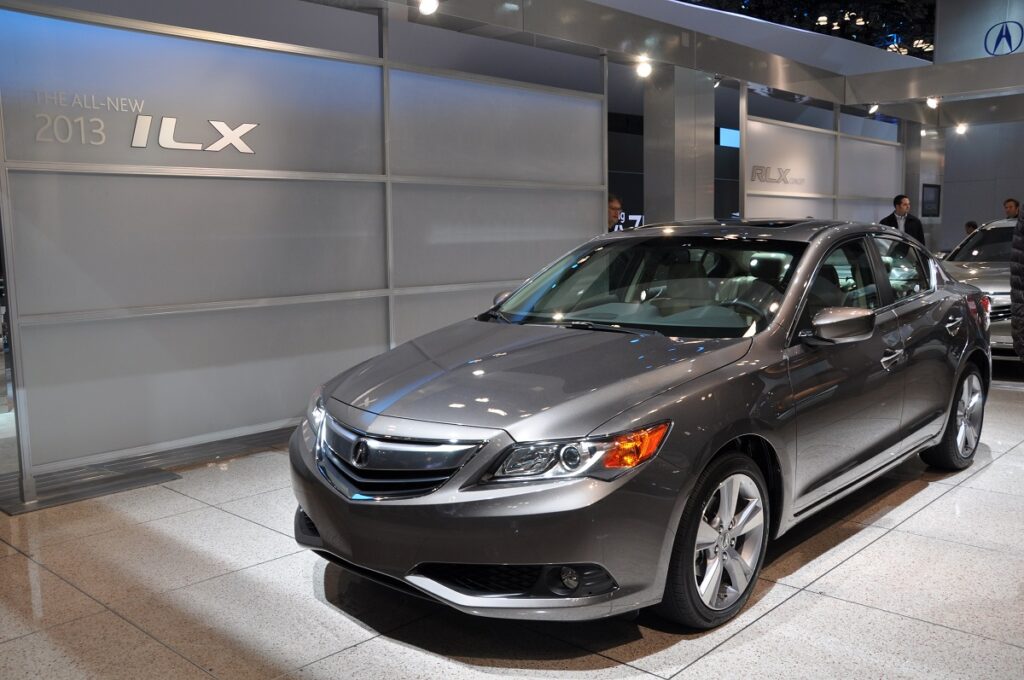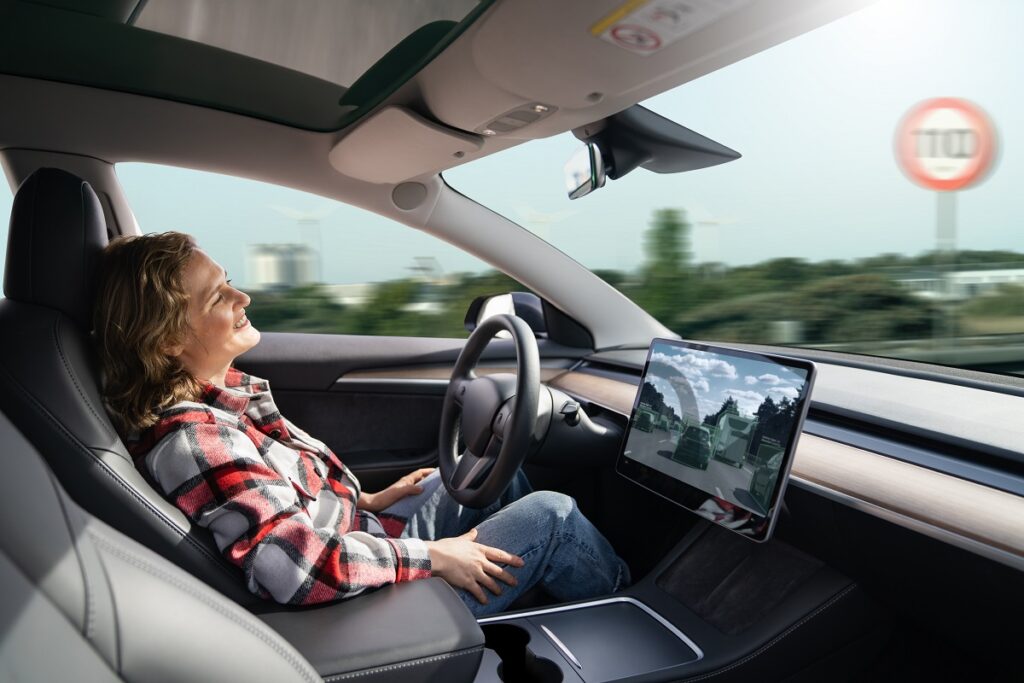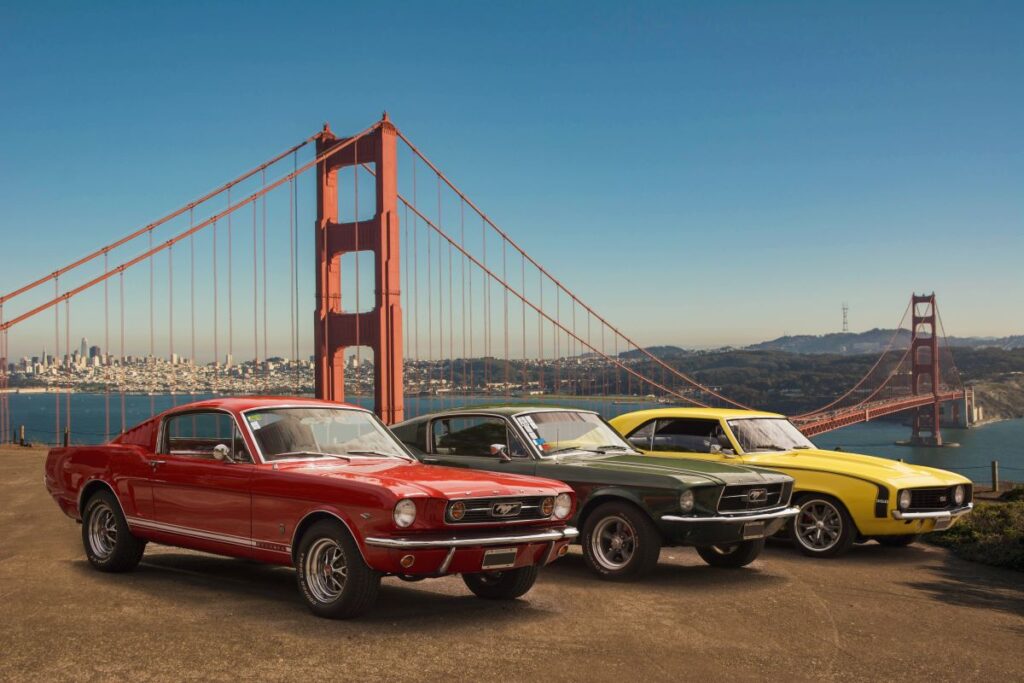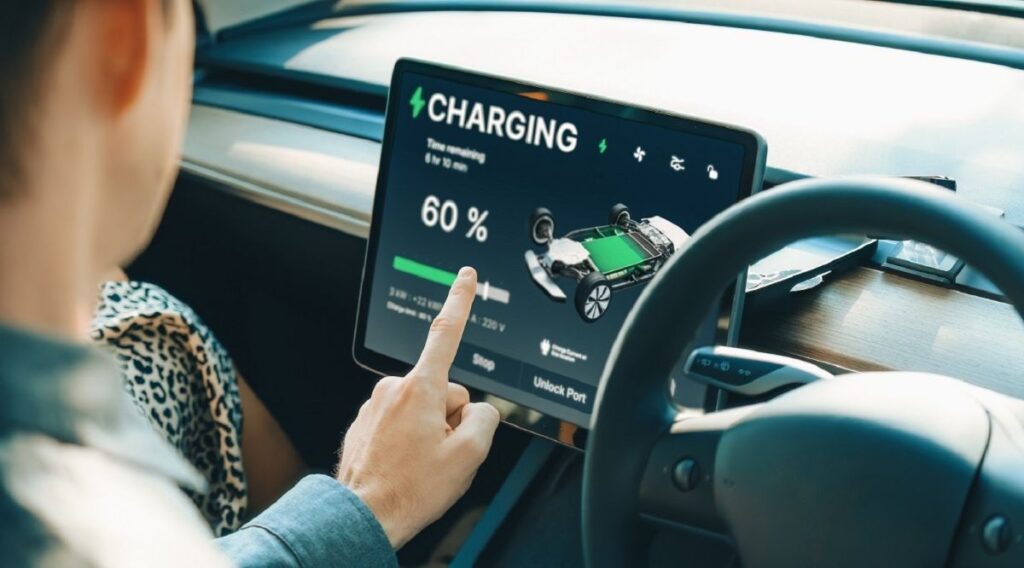Buying a car is a significant investment, and automakers love to pack in features that sound amazing but often add little real value. Let’s cut through the hype and reveal some of the most overpriced car features you probably don’t need.
1. Fancy Infotainment Systems
Sure, the latest infotainment systems with big touchscreens and advanced features look cool, but do you need them? Many systems come with a hefty price tag and can quickly become outdated. Plus, your smartphone already does everything they do and is always up-to-date.
2. Built-In Navigation
Why pay extra for built-in navigation when your phone’s GPS works perfectly fine? Apps like Google Maps and Waze offer real-time traffic updates and are always accurate. Most built-in systems charge for map updates, adding to the long-term cost.
3. Premium Audio Systems
While a premium audio system can enhance your driving experience, the price tag often doesn’t justify the difference in sound quality. Unless you’re an audiophile, a standard audio system is usually more than sufficient.
4. Leather Seats
Leather seats are often seen as a luxury, but they can add thousands to the cost of your vehicle. They’re also harder to maintain and can get uncomfortably hot in the summer. High-quality cloth seats can be just as comfortable and more practical.
5. Automatic Parking
Automatic parking sounds convenient, but it’s an expensive feature that you might rarely use. Most drivers can park just fine without it, and the technology can sometimes be unreliable. Save your money and improve your parking skills instead.
6. Sunroof or Moonroof
Sunroofs and moonroofs are popular, but they come with a high price and can lead to maintenance issues like leaks and wind noise. They also reduce the vehicle’s structural integrity. If you rarely use them, skip this feature.
7. Advanced Driver-Assistance Systems (ADAS)
While features like lane-keeping assist and adaptive cruise control sound great, they often come bundled in expensive packages. Many drivers find them intrusive and prefer to rely on their own driving skills. Basic safety features like ABS and airbags are usually enough.
8. Larger Wheels
Upgrading to larger wheels can significantly increase the cost of your car. While they might improve aesthetics, they can negatively impact ride comfort and fuel efficiency. Plus, replacement tires for larger wheels are more expensive.
9. Heated and Cooled Seats
Heated and cooled seats add comfort, but they also add cost and complexity to your car. Unless you live in extreme climates, these features are rarely used and not worth the extra expense.
10. Head-Up Display (HUD)
A HUD projects key information onto the windshield, which sounds high-tech but comes at a premium. Most drivers find it distracting rather than helpful. Your instrument cluster and smartphone can provide all the information you need.
11. Rear-Seat Entertainment Systems
With tablets and smartphones readily available, there’s little need for built-in rear-seat entertainment systems. They add considerable cost and can quickly become outdated as new technology emerges.
12. Wireless Charging
Wireless charging pads in cars are convenient but not very efficient. They charge your phone slower than a standard cable, and the pad itself is an expensive add-on. A simple USB cable does the job just fine.
13. Gesture Controls
Gesture controls for adjusting audio or climate settings are more of a gimmick than a necessity. They add complexity and cost without providing a substantial benefit. Physical buttons and knobs are often more intuitive and reliable.
14. Ambient Lighting
Ambient lighting can create a pleasant atmosphere, but it’s an unnecessary luxury that adds to the vehicle’s price. It’s a feature you’re unlikely to notice while driving and can be easily done without.
15. Motorized Trunk Lid
A motorized trunk lid can be convenient, but it’s another expensive feature that adds weight and complexity. Manual trunks are just as effective and are less prone to mechanical issues.
16. Upgraded Trim Packages
Manufacturers often bundle a lot of these unnecessary features into pricey trim packages. Instead of opting for the highest trim level, consider a mid-range option that provides essential features without the fluff.
17. Built-in Wi-Fi
Built-in Wi-Fi sounds great, but it often comes with subscription fees. Most smartphones can create a hotspot, providing internet access without the need for an additional service plan.
18. Dual-Zone Climate Control
Dual-zone climate control allows for different temperature settings for drivers and passengers but adds cost and complexity. Unless you and your passenger frequently disagree on temperature, a standard climate control system works perfectly well.
Think Twice
Next time you’re car shopping, think twice about these features. While they sound appealing, they often add more to the price than to the actual driving experience. Stick to the essentials, and you’ll get a great car without overpaying.
Featured Image Credit: Shutterstock / Chiociolla.
The content of this article is for informational purposes only and does not constitute or replace professional advice.
For transparency, this content was partly developed with AI assistance and carefully curated by an experienced editor to be informative and ensure accuracy.










